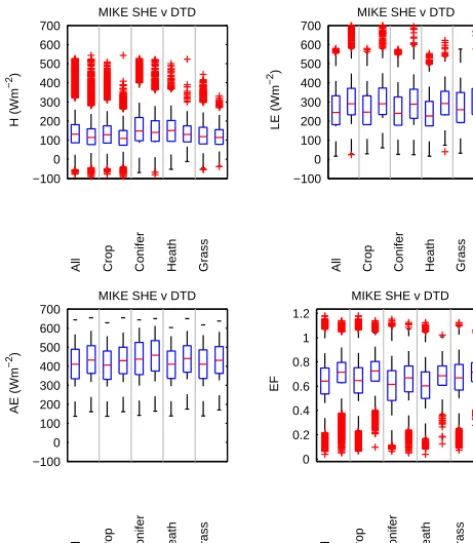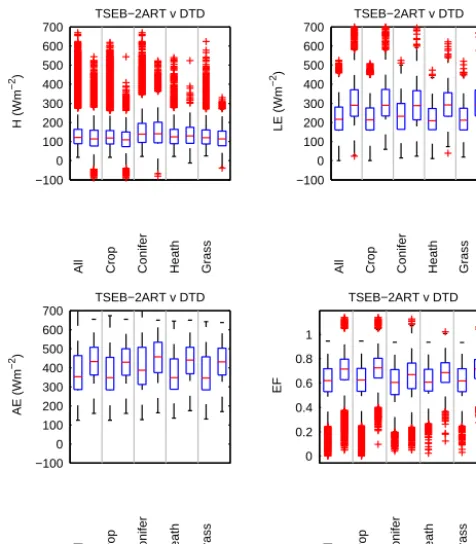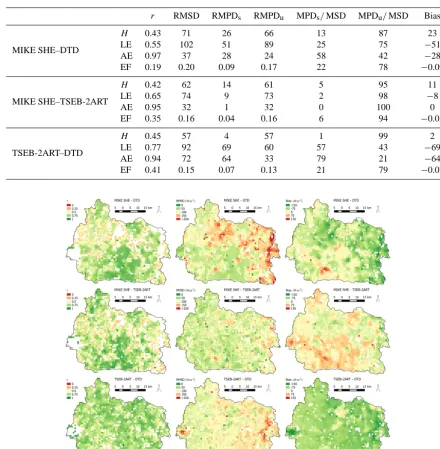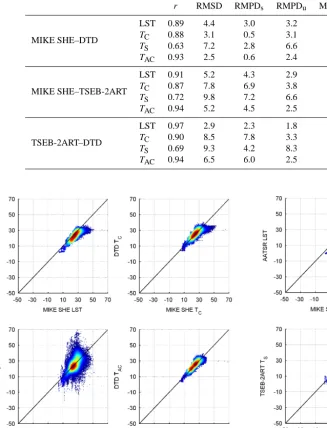Inter comparison of energy balance and hydrological models for land surface energy flux estimation over a whole river catchment
Full text
Figure
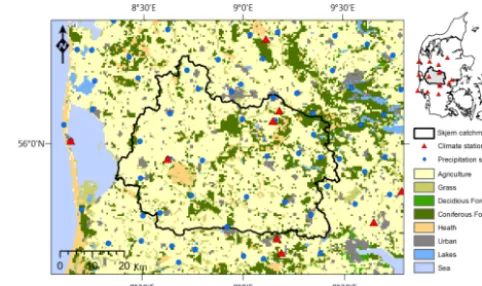

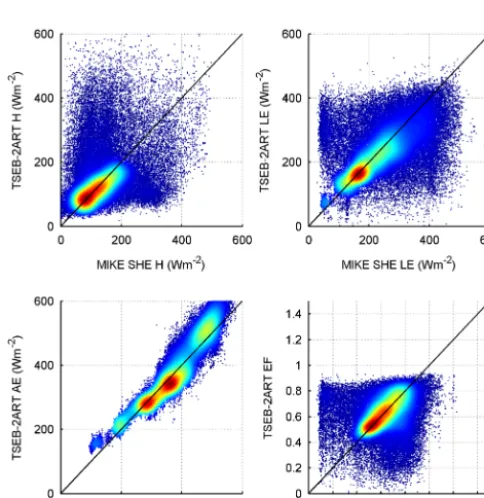
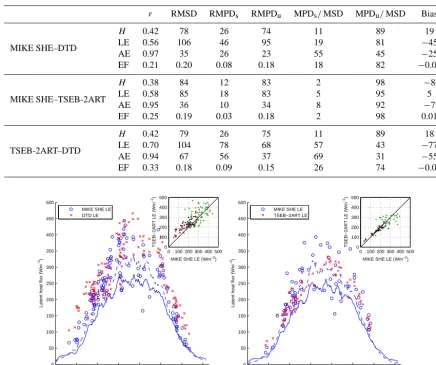
Related documents
Expe- riences during the e3L project reveal two key roles of evalu- ation from summative data: (a) Evaluation assists teachers in improving their e-learning strategies in further
1D, 2D, 3D: one, two, three dimensional; ASD-POCS: adaptive-steepest-descent-projection-onto-convex-sets; CBCT: cone beam computed tomography; CG: conjugate gradient; CT:
Annual NA Multipoint contact : average percentage of markets (out of the total number of markets in which the firm competes) that a focal hospital shares with the firms al-
To summarise, the two Gambia Environment Action Plans (GEAP I & II) aim to conserve and promote the sustainable use of natural resources in the Gambia and set the required
Surgical Site Infection Reduction Through Nasal Decolonization Prior to Surgery..
In this present study, antidepressant activity and antinociceptive effects of escitalopram (ESC, 40 mg/kg) have been studied in forced swim test, tail suspension test, hot plate
Energy demand in buildings can be reduced by improving energy efficiency. MS1525 has recommended that energy efficiency for Non- Residential Buildings in Malaysia to


